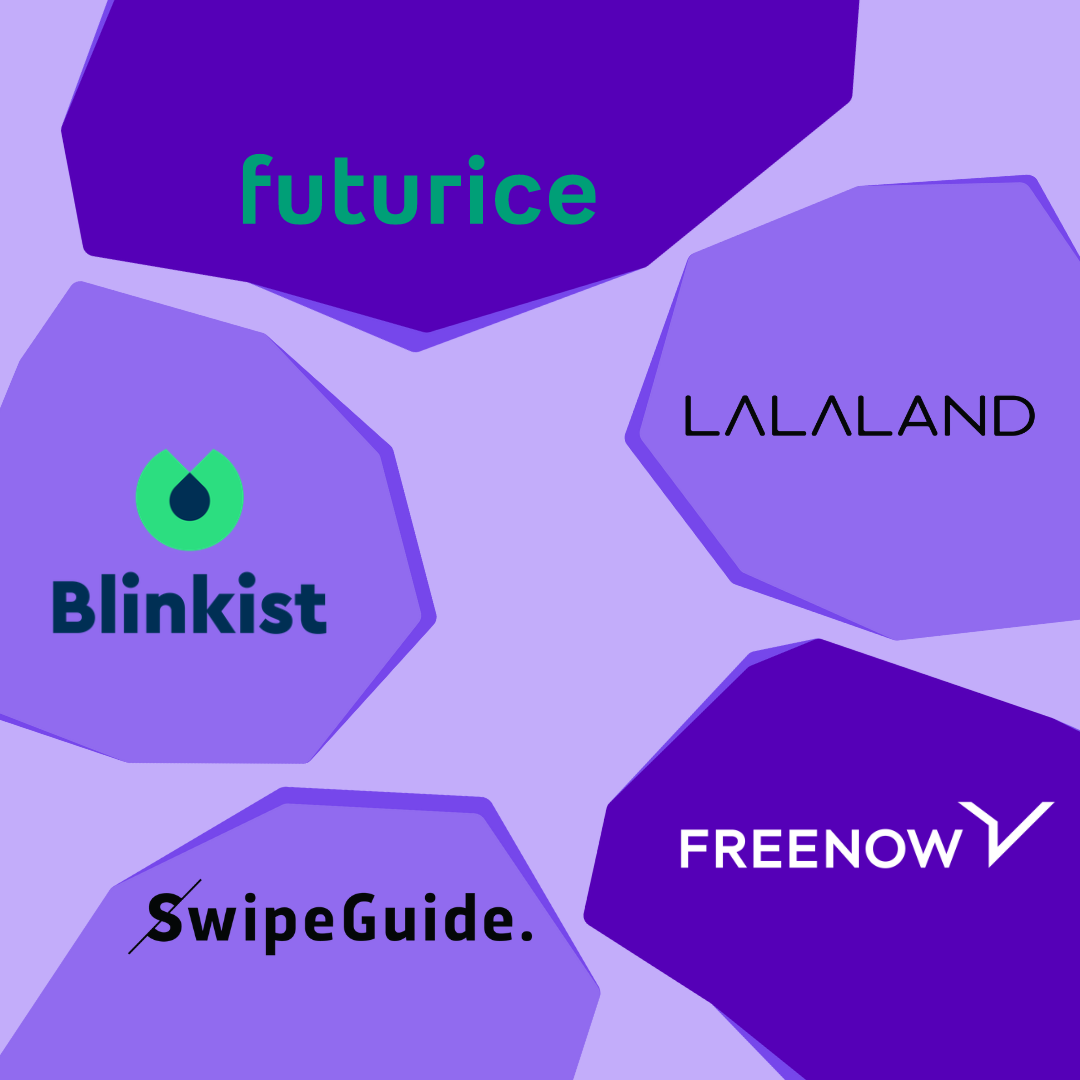2. Diverse Recruitment Channels
Traditional recruitment channels often overlook diverse talent. By partnering with diverse networks and participating in inclusive career fairs, companies can broaden their reach and attract a variety of candidates.
Example: Partner with organisations like Xena to reach underrepresented tech talent.
3. Accessible Online Presence
An accessible website ensures that all potential candidates, regardless of physical abilities, can navigate and apply for jobs. Showcasing diversity on the company’s site helps build an inclusive brand image.
Example: Build your career site is designed following WCAG guidelines, ensuring it is accessible to candidates with disabilities. They also use their site to showcase stories from employees with different backgrounds. Take a look at our past meetup on how to build inclusive tech products in partnership with Just Eat Takeaway.com.
4. Bias-Free Hiring Process
Blind recruitment reduces the influence of unconscious bias in the hiring process, ensuring that candidates are evaluated based on their skills and experience alone. Discover our guide on how to hire more women in tech.
Example: Implemented a blind recruitment process where personal details are removed from applications.
5. Employee Resource Groups (ERGs)
ERGs create a support network within the company, helping underrepresented employees feel valued and included. They also provide valuable feedback to the company on inclusivity initiatives. Learn how to leverage your ERG for DEI Success.

Why it is worth the effort
– Broader Talent Pool: Inclusivity in job postings and recruitment practices ensures that more candidates, from various backgrounds, consider your company. This broadens the pool of potential hires, increasing the chances of finding the best fit for each role.
– Enhanced Innovation: Diverse teams bring varied perspectives and ideas, which can lead to more innovative solutions and products. Companies like IBM and Intel have noted improvements in creativity and problem-solving due to diverse teams.
– Improved Employee Retention: An inclusive workplace where employees feel valued and supported leads to higher job satisfaction. Google’s internal studies have shown that teams with diverse members have better performance and lower turnover rates.
– Positive Reputation: A strong, inclusive employer brand attracts not only diverse talent but also customers who value corporate social responsibility. Companies known for their inclusivity, such as Microsoft and Salesforce, enjoy enhanced reputations and customer loyalty.

Don’t know where to start? Here are some ideas
Audit Current Practices
Conduct an inclusivity audit of your current hiring processes, job descriptions, and company policies. This will guide you on where to start and what to prioritise. It is a long journey but the important thing is to get started somewhere.
Why? Understanding where you currently stand helps to identify areas for improvement and develop targeted strategies.
Set Clear Goals
Set SMART (Specific, Measurable, Achievable, Relevant, Time-bound) goals, such as aiming to increase the percentage of women in technical roles by 20% within two years.
Why? Clear goals provide direction and a way to measure progress. They also help in securing buy-in from stakeholders.
Educate and Train
For example, offer unconscious bias training for all employees. Discover what Docebo, an employee learning platform can offer.
Why? Training helps employees understand and mitigate their biases, leading to fairer hiring practices and a more inclusive workplace. It is important to provide guidance, check out our DEI Resources Hub.
Engage Leadership
Ensure that the leadership team participates in diversity and inclusion initiatives. Don’t know how to start these conversations? Here’s our guide to addressing DEI with key stakeholders.
Why? Leadership commitment is crucial for driving change and ensuring that inclusivity is a priority at all levels of the organisation.
Regularly Review and Adapt
Establish a diversity and inclusion committee to regularly review policies and practices. For example, meets quarterly to assess progress and suggest improvements.
Why? Regular reviews help maintain momentum and ensure that the company continues to evolve and improve its inclusivity efforts. Learn more about on how to measure DEI initiatives here.






